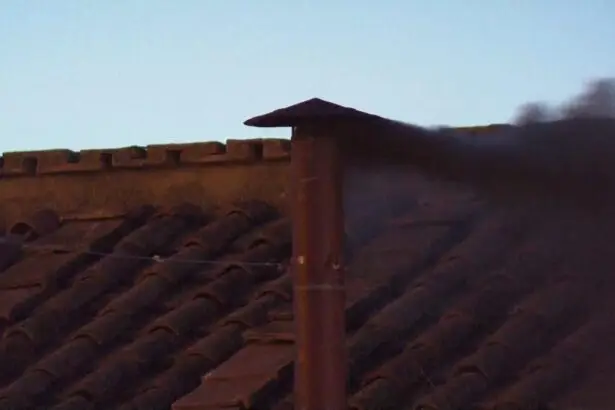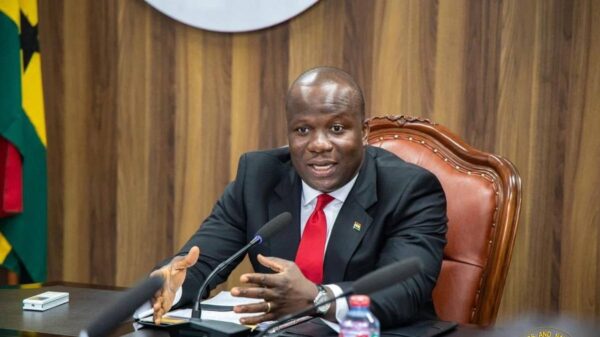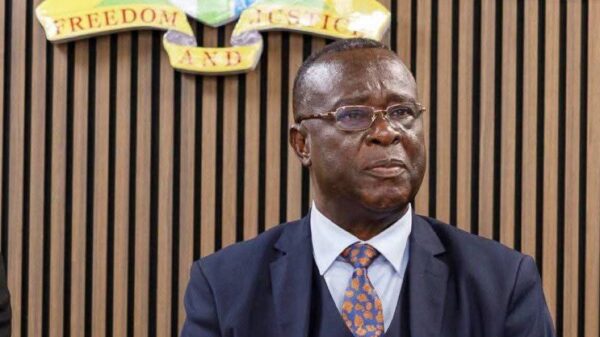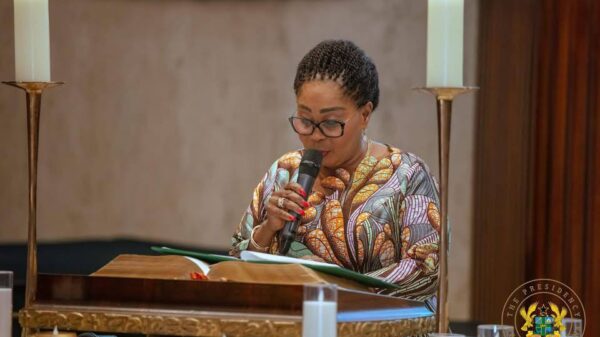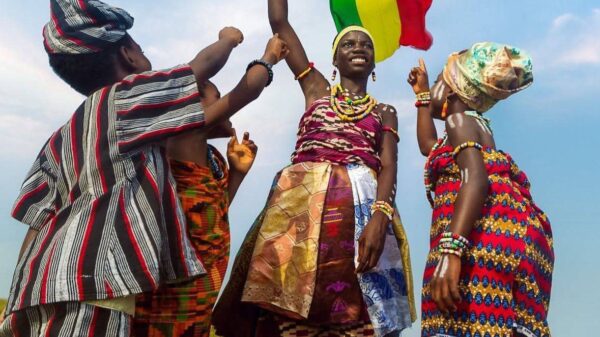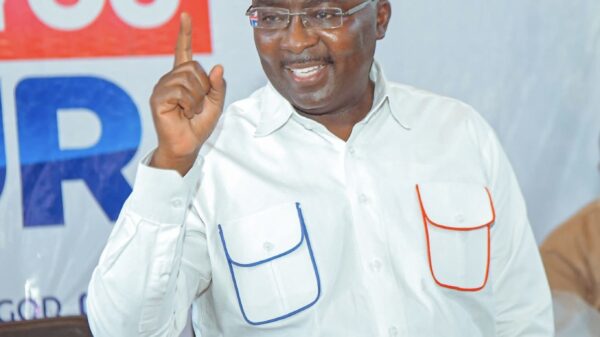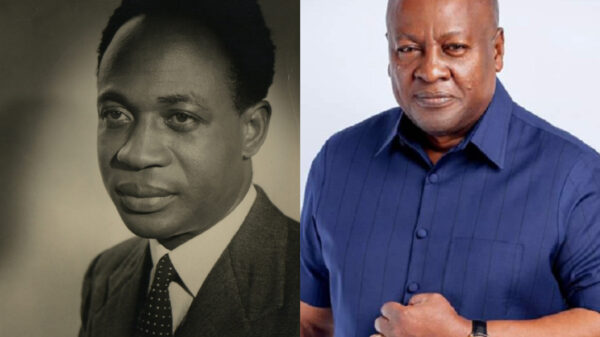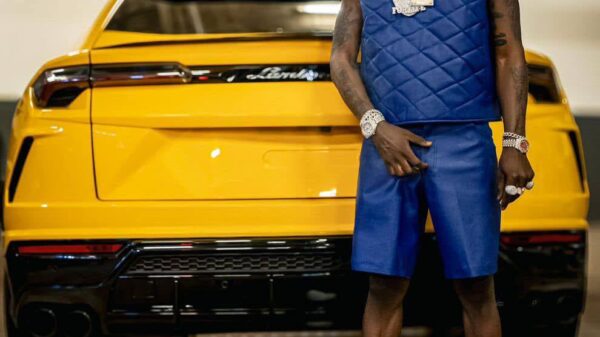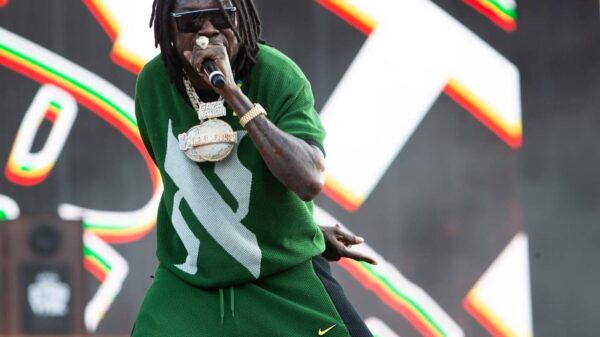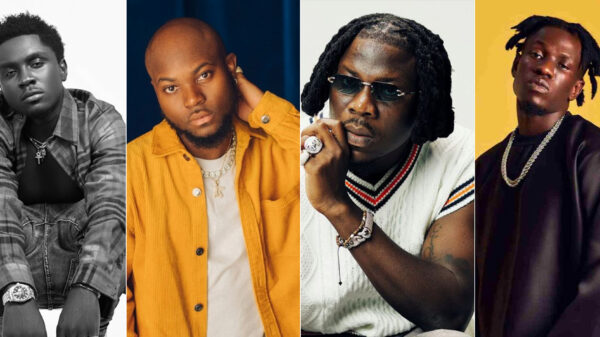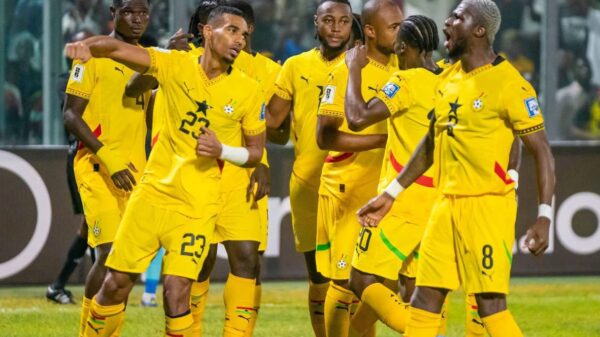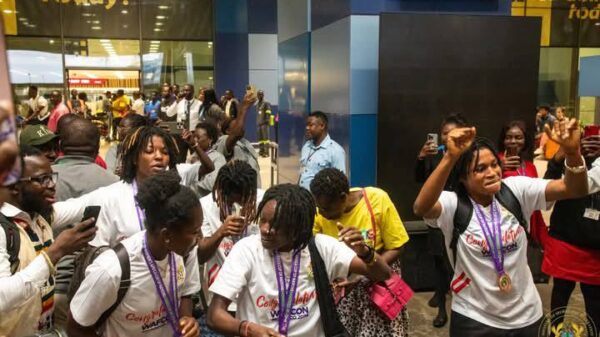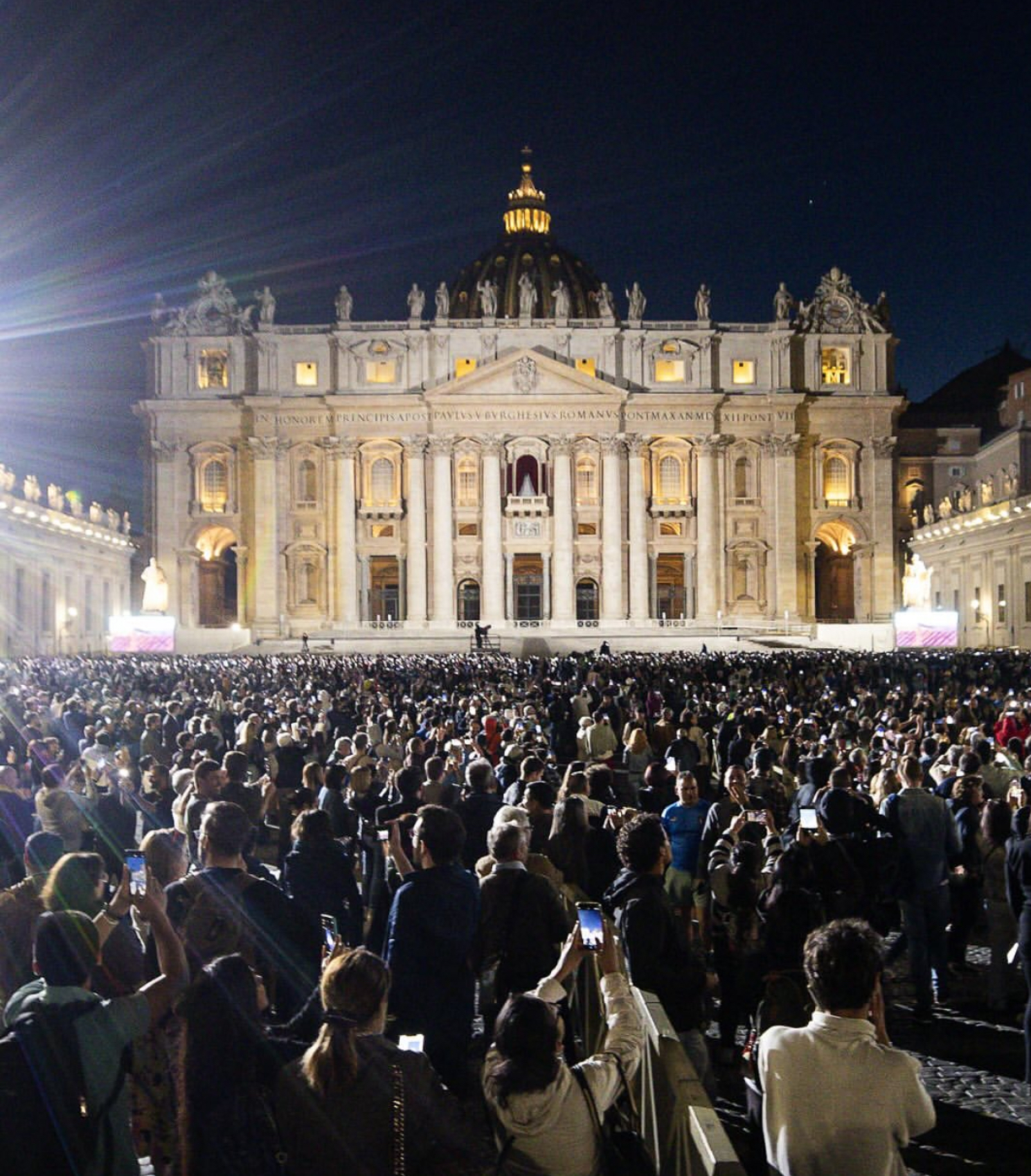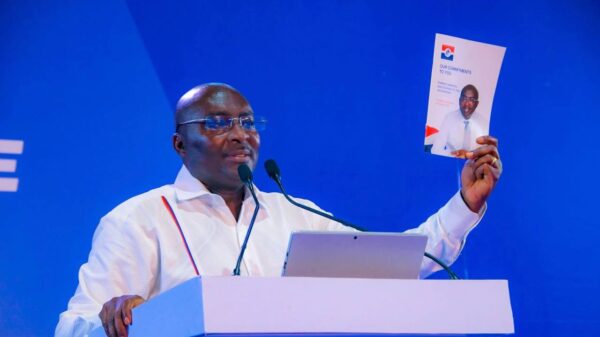Vatican City, The age-old tradition of selecting a new leader for the Catholic Church began in earnest on Wednesday, but the first round of voting has ended without a clear decision. As tens of thousands of faithful and curious onlookers packed into St. Peter’s Square, all eyes were fixed on the small chimney of the Sistine Chapel.
At around 9:00 p.m., May 7 local time, after more than two hours of anticipation, black smoke billowed into the night sky, a clear signal that the 133 cardinals inside the chapel had not reached an agreement on who should become the next pope.
The conclave, known for its deep secrecy and spiritual significance, follows centuries-old protocols. The cardinals all under the age of 80 are sequestered from the outside world as they seek divine guidance to choose a new pontiff. Each round of voting can last several hours, and ballots are burned after each session, with the color of the smoke revealing the outcome: black for no decision, white for a new pope.
Despite the chill in the Roman air, the mood in St. Peter’s Square was electric. Pilgrims, tourists, and locals stood shoulder-to-shoulder, many praying or quietly murmuring in hope, while others waited with phones raised to capture history in the making.
Though the first vote did not produce a pope, it marks the beginning of what could be a brief or drawn-out process, depending on the level of consensus among the cardinals. They will return to the chapel Thursday morning to continue voting, with up to four rounds possible in a single day.
The world now watches and waits as the Church moves closer to naming its new spiritual leader, a figure who will not only guide the faith of more than a billion Catholics but also face immense global challenges
